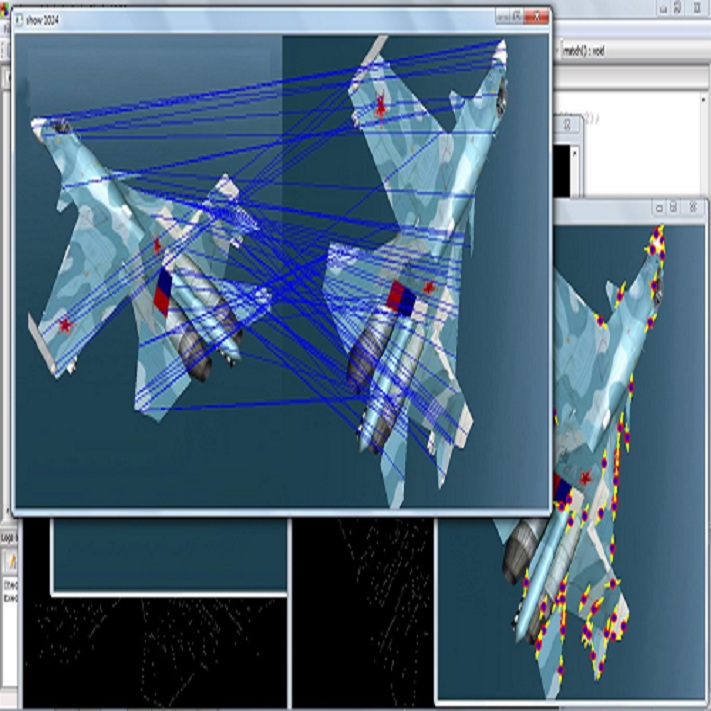Deformable image registration is a fundamental task in medical imaging. Due to the large computational complexity of deformable registration of volumetric images, conventional iterative methods usually face the tradeoff between the registration accuracy and the computation time in practice. In order to boost the registration performance in both accuracy and runtime, we propose a fast convolutional neural network. Specially, to efficiently utilize the memory resources and enlarge the model capacity, we adopt additive forwarding instead of channel concatenation and deepen the network in each encoder and decoder stage. To facilitate the learning efficiency, we leverage skip connection within the encoder and decoder stages to enable residual learning and employ an auxiliary loss at the bottom layer with lowest resolution to involve deep supervision. Particularly, the low-resolution auxiliary loss is weighted by an exponentially decayed parameter during the training phase. In conjunction with the main loss in high-resolution grid, a coarse-to-fine learning strategy is achieved. Last but not least, we introduce an auxiliary loss based on the segmentation prior to improve the registration performance in Dice score. Comparing to the auxiliary loss using average Dice score, the proposed multi-label segmentation loss does not induce additional memory cost in the training phase and can be employed on images with arbitrary amount of categories. In the experiments, we show FDRN outperforms the existing state-of-the-art registration methods for brain MR images by resorting to the compact network structure and efficient learning. Besides, FDRN is a generalized framework for image registration which is not confined to a particular type of medical images or anatomy.
翻译:变形图像登记是医学成像中的一项基本任务。 由于变形成像的成像注册在计算上十分复杂, 常规迭代方法通常在登记准确性和实际计算时间之间面临权衡。 为了提高准确性和运行时间的登记性, 我们提议了一个快速进化神经网络。 特别是, 为了高效利用记忆资源和扩大模型能力, 我们采用了添加式转发, 而不是在每一个编码和解码阶段输送连接和深化网络。 为了提高学习效率, 我们利用在编码和解码阶段中跳过连接, 以便能够进行剩余学习, 并在底层使用最低分辨率的辅助损失来进行深度监督。 特别是, 低分辨率辅助损失在培训阶段被一个指数性衰减的参数加权。 在高分辨率网络的主要损失中, 我们采用了一种粗化到软化的学习战略。 最后但并非最不重要的一点是, 我们引入了基于分解的辅助性损失, 在Dice的注册成绩中, 用普通的Dice分级分数进行辅助损失, 用普通的Dice分级分解式图像分解, 高分辨率分路路路路路路路路路路路路路路, 显示现有图像升级系统升级升级升级升级系统显示现有图像升级升级升级升级升级升级升级升级升级升级路段路段路段路段路段路。



